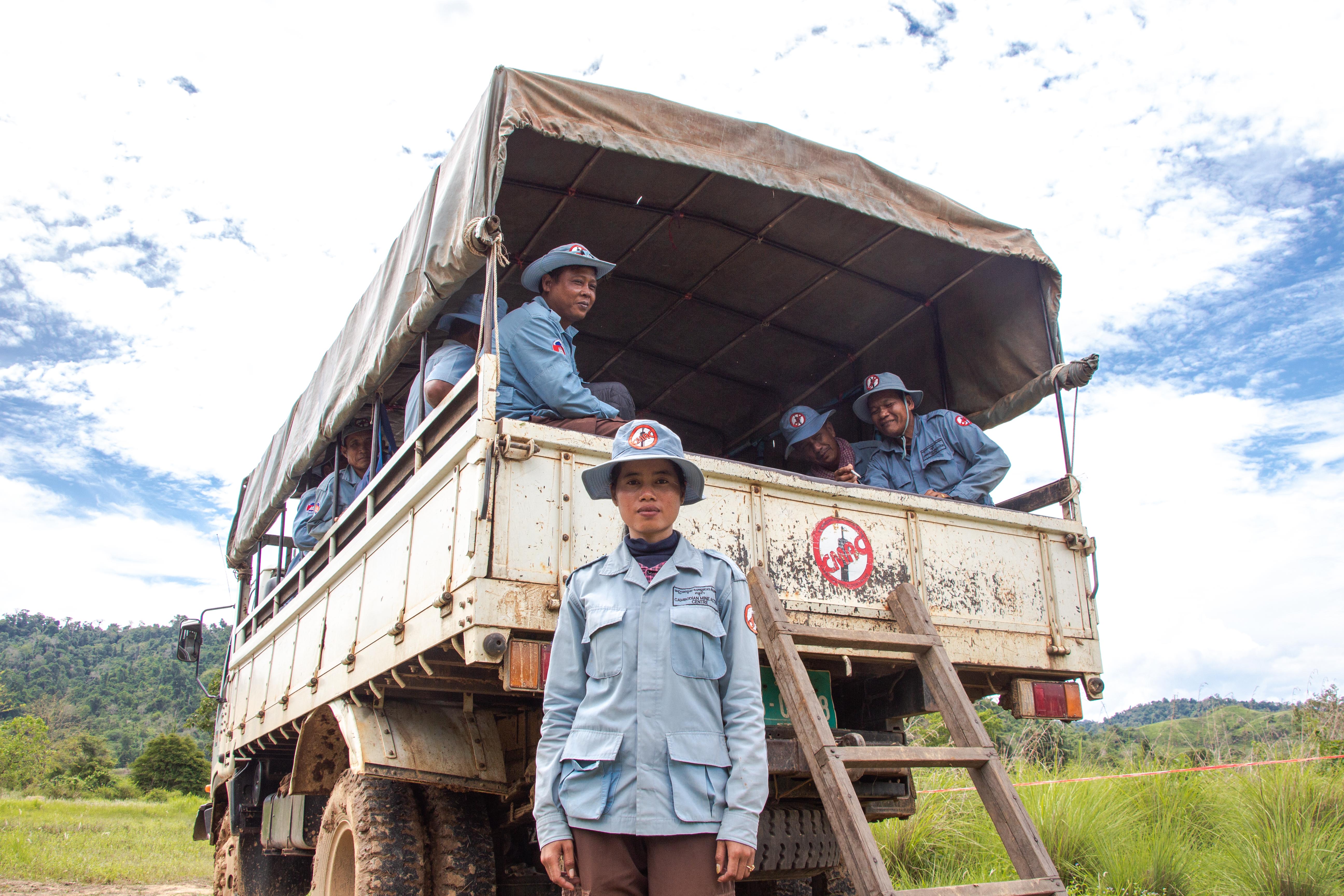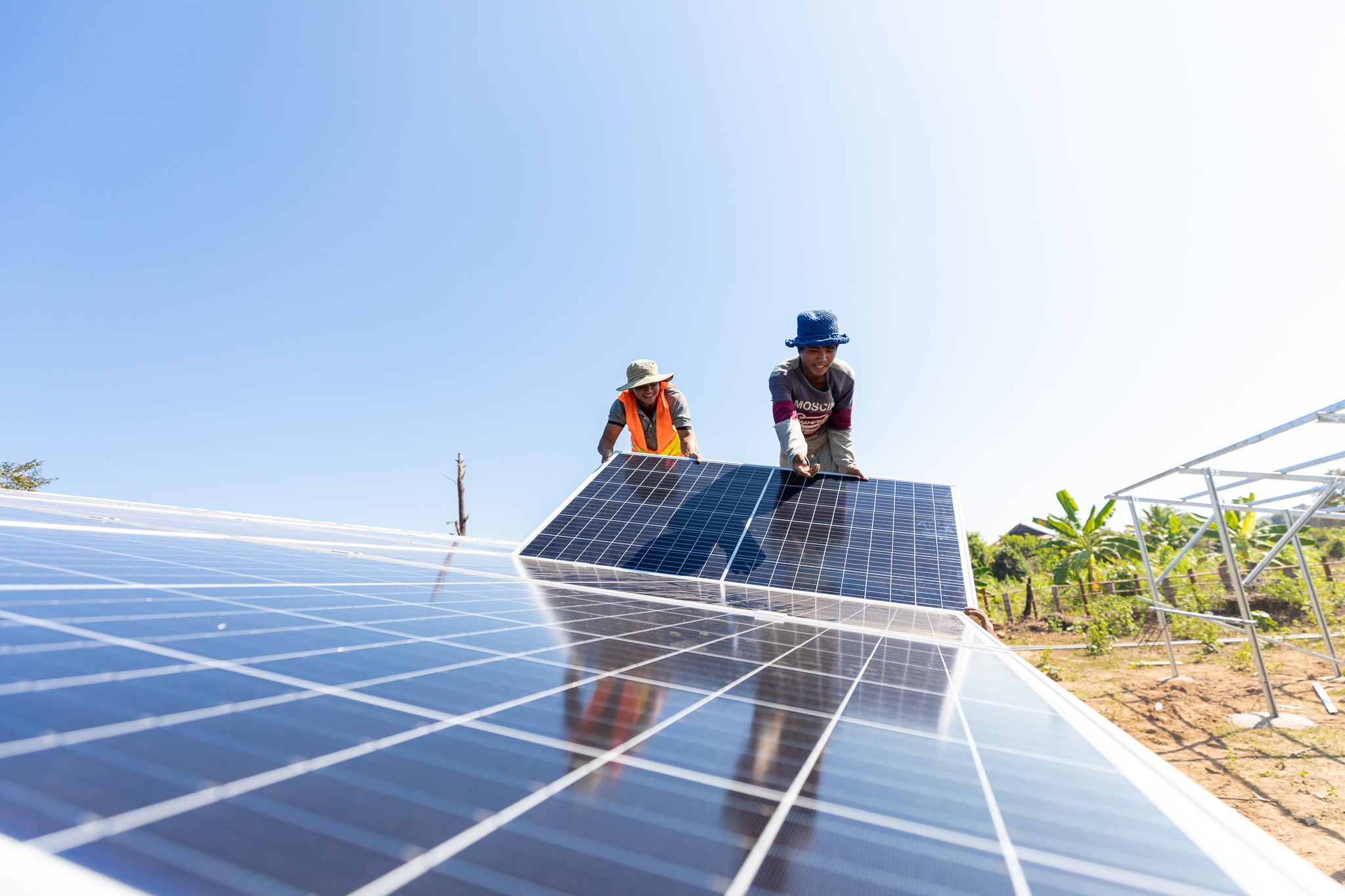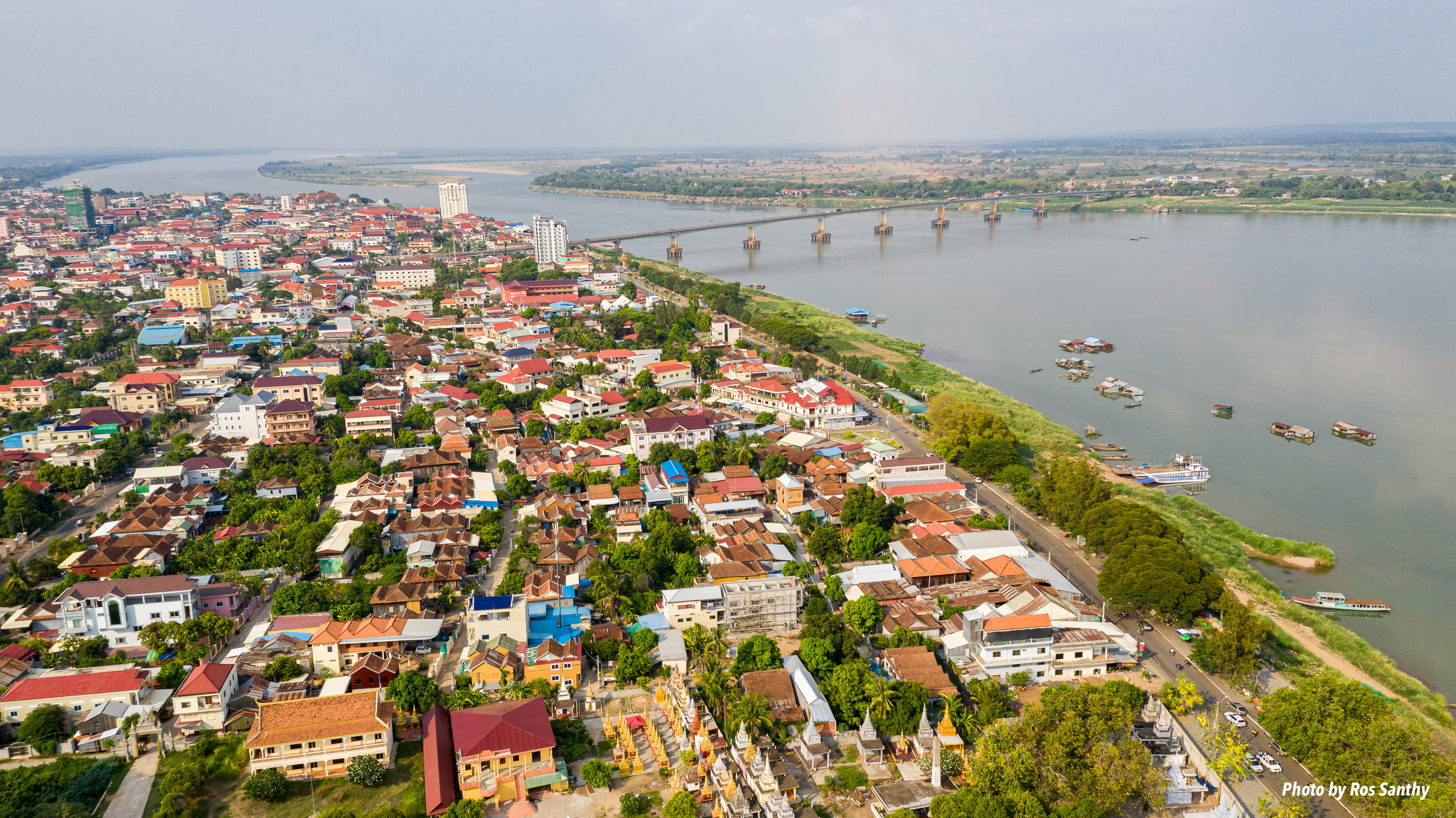Only one earth: living sustainably in harmony with nature
June 3, 2022

This piece was originally published on Phnom Penh Post.
50 years ago, on 5 June 1972, representatives from more than 100 governments gathered in Stockholm (Sweden) to attend the UN United Nations Conference on Human Environment, which is widely considered as the first international meeting focusing on the environment. After the Second World War, the global development discourse had been dominated by the economic growth agenda and was later expanded to include social issues such as inequality. Environmental concerns started to emerge only in the early ‘70s. More and more scientific evidence was compiled and pointed to the huge toll of the global development trajectory on nature. At the Stockholm conference, delegates therefore recognized that we have “Only One Earth”, and that the goals of poverty reduction and environment protection are closely interlinked. The following words from the conference declaration became the cornerstone for later development agendas, including the Sustainable Development Goals: “Man has the fundamental right to freedom, equality and adequate conditions of life, in an environment of a quality that permits a life of dignity and well-being, and he bears a solemn responsibility to protect and improve the environment for present and future generations”.
50 years on, these words are more relevant than ever. It is not surprising that “Only One Earth” was symbolically chosen as the slogan for the 2022 World Environment Day. During the past few days, the international community gathered in Sweden for the Stockholm+50 conference under the theme “a healthy planet for the prosperity of all – our responsibility, our opportunity”, to discuss urgent and bold actions needed to secure a more sustainable future. Indeed, despite positive progress on policies, science and technology, the alarm related to the health of our planet is ringing loudly to announce that we have entered into an emergency mode due to multiple interconnected planetary crises ranging from climate change to biodiversity loss to pollution, and that these are intensifying inequalities, health risks and global insecurity. It is estimated that we are using renewable resources equivalent to what would be produced by 1.6 Earths to maintain our current way of life and that ecosystem degradation is affecting 40 per cent of the world’s population. There is clearly no more time to waste if we want to restore hope for the present and future generations; nature must be at the heart of development, and all of us, as societies, companies, and individuals should make a bigger effort to live in harmony with nature.
The alarm is ringing for Cambodia too. The country has witnessed impressive economic growth and poverty reduction rates in the last decades, but these have been accompanied by increasing pressure on natural resources and environmental costs. For example, the total forest cover declined from 57 % to 47% between 2010 and 2018, resulting not only in biodiversity loss, but also in the loss of rural livelihoods. This decline also resulted in the reduction of carbon sinks leading to more greenhouse gases emissions that contribute to climate change. Although Cambodia is a relatively small emitter, the Kingdom is one of the most vulnerable countries to climate threats, thus the criticality of climate action and developing climate resilience. A large proportion of the population indeed depends on agriculture and live in flood-prone areas. Moreover, population growth, urbanization and changing consumption patterns have resulted in growing waste volumes, which have become an acute challenge especially in large cities. The lack of proper waste management results in air pollution, and sewage and waterways clogging, hence increasing the risk of flash flooding and pollution of coastal areas, waterways and groundwater ¹.
While the picture seems grim, we must highlight positive signals and trends that, if sustained and strengthened over time, would offer Cambodia the opportunity to change the narrative for a more sustainable future for the entire society.
Firstly, there is a growing recognition that environmental challenges are interlinked with other economic and social dimensions. As such, they need to be addressed in a systemic manner. It is therefore positive to note that nature and climate change are gradually becoming mainstreamed in sectoral policies and plans. Taking the energy sector as an example, recent announcements that no new coal-fired power plants will be developed in the country beyond projects approved by 2019, that more investments in renewable energy are needed, and that no more major dam development on mainstream Mekong will be undertaken, are positive signs. Similar commitments are seen in other sectors too. In this regard, UNDP, the European Union, and the Government of Sweden have been working through the Cambodia Climate Change Alliance to support the country in developing multi-sectoral plans with concrete and ambitious commitments to the global climate agenda. What is key now is to accelerate the implementation of these plans. While the government is expected to lead the process, success will depend on concerted efforts by all stakeholders, including the private sector.
Secondly, there is a growing realization that nature and climate action are opportunities for economic growth and social development. Let’s take the potential for green jobs as an example, the implementation of the National Long-Term Strategy for Carbon Neutrality is expected to generate 449,000 jobs by 2050. In contrast, it is estimated that climate change will reduce the country’s annual average GDP growth by 10 % by 2050, if no additional adaptation action is taken. As Cambodia continues its path towards higher middle-income status, the role of the private sector will be increasingly important for investment in nature-based solutions and climate action. In this regard, UNDP is supporting the country in diversifying its range of financial options to support the development agenda, including through innovative and green finance. For example, in the context of the BIOFIN initiative and in partnership with the World Bank, UNDP is supporting the development and operationalization of sustainable financing options (such as carbon markets and ecotourism) to finance biodiversity conservation and the management of protected areas. Also, UNDP is partnering with the Government of Japan to support the establishment of policy mechanisms for the private sector to reduce the amount of plastic entering the system.
Thirdly, there is growing awareness among the citizenry about the need to rethink the way we live and consume, as well as the role that each of us can play to make a difference. It is key to scale up efforts to sensitize and empower citizens to act and make smart choices. This is particularly true for the youth who also thanks to higher education and exposure (e.g., through social media), is more sensitive to sustainability issues. This new awareness can also catalyze innovation and lead to positive impact on sustainability by changing the way we produce and consume, and more broadly interact with nature and its resources. In this regard, UNDP through its Accelerator Lab is unearthing and tapping into this innovation potential by sensing emerging challenges and opportunities, exploring how citizens are already addressing them, and testing and growing potential solutions that consider gender and intergenerational dimensions, among others, echoing global efforts, such as the Not too Late initiative and the Youth Empowerment in Climate Action platform.
Finally, on World Environment Day, let’s remind ourselves that we have Only One Earth and that nature is at the heart of development and a strong enabler for achieving all the Sustainable Development Goals. Living in harmony with nature is the only choice we have! UNDP is committed to scale up efforts and partnerships for promoting nature-based solutions and climate action for the benefit of all Cambodians.
¹ Facts and figures in this paragraph are taken from the “4th State of Environment Report” published by Cambodia’s Ministry of Environment in 2021.

 Locations
Locations
















